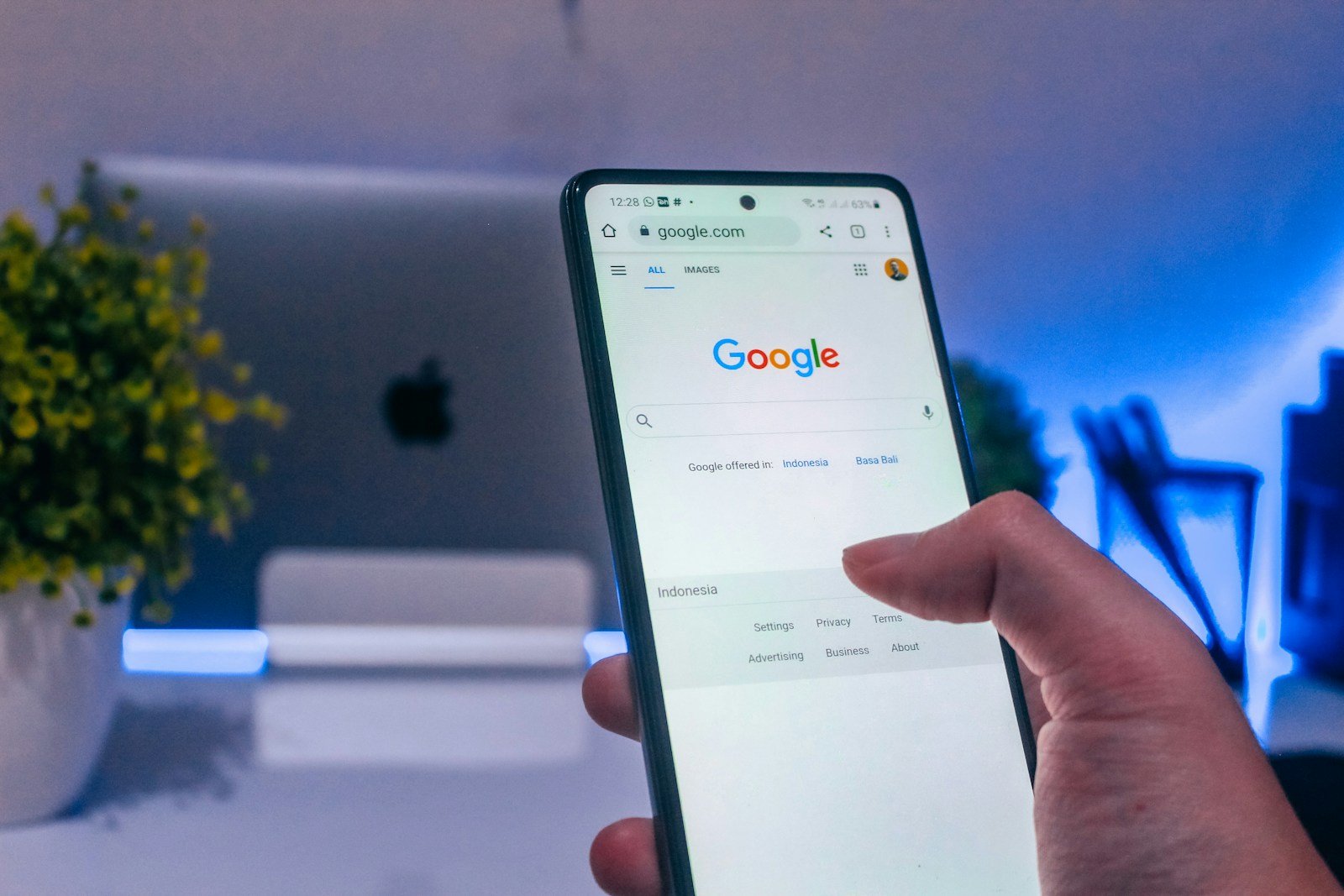Imagine you walk into a hardware store. You need a specific screw to fix a wobbly chair leg. You walk up to the first worker you see and say, “I need something for my chair.”
That is not very clear, is it? The worker might point you to a new chair, a cushion, or a can of polish. You would be frustrated because you did not get what you needed.
Now, imagine you say, “I need a half-inch long, number eight wood screw to fix a chair leg.” The worker can immediately take you to the right aisle and help you find the exact screw. Problem solved!
This idea is called “user intent.” It is the real reason why someone is searching for something. For a long time, SEO was about finding the right keywords, like the first example. But now, search engines like Google have become much smarter. They want to understand the full sentence, the real problem, the user intent.
This change is completely reshaping the best ways to do SEO. The old tricks do not work as well anymore. Today, you must understand user behavior and the goal behind a search. This is the most important part of modern ranking strategies.
At Mavit Digital, we focus on this new approach. We help businesses understand that it is not just about being found; it is about being the perfect answer. This blog will explain how search intent SEO works and why it matters for your website.
Also Read: How a Strong SEO Strategy Can Save You Money on Ads
What exactly is User Intent?
User intent is the purpose behind someone’s search. Why are they typing those words into Google? What do they really want to achieve?
Think about the word “apple.” A person might search for:
- To buy fruit: “buy red apples online” (They want to make a purchase)
- For tech information: “new Apple iPhone release date” (They want information)
- To visit a website: “Apple official site” (They want to go to a specific place)
The word is the same, but the intent is completely different. Google’s job is to figure out which meaning the user wants. Your job is to create content that matches the correct intent.
Also Read: How to Rank in ‘People Also Ask’ Boxes Effectively
The Four Main Types of Search Intent
To make it simple, most searches fall into one of four categories:
1. Informational Intent: “I Want to Know”
This is when a user is looking for an answer to a question. They are not ready to buy anything; they just want information.
- Example searches: “How to bake banana bread,” “What causes thunderstorms,” “how to fix a leaky faucet.”
- The best content: Blog posts, guides, how-to articles, and videos.
2. Navigational Intent: “I Want to Go”
The user wants to go to a specific website or page. They use Google as a quick way to get there.
- Example searches: “Facebook login,” “YouTube,” “Mavit Digital services.”
- The best content: A clear homepage or a specific landing page that is easy to find.
3. Commercial Intent: “I Want to Research”
The user is planning to buy something but is still researching their options. They are comparing products or services.
- Example searches: “best running shoes 2024,” “iPhone vs Samsung reviews,” “top marketing agencies near me.”
- The best content: Comparison articles, product reviews, and “best of” lists.
4. Transactional Intent: “I Want to Buy”
The user is ready to make a purchase or take a specific action. They want to complete a transaction.
- Example searches: “buy Nike Air Jordans online,” “schedule a dentist appointment,” “hire a plumber.”
- The best content: Product pages, pricing pages, and contact forms.
Also Read: SEO Agency Vancouver: How to Boost Your Online Presence

How Does Understanding Intent Help Your SEO?
When you match your content to the user’s intent, amazing things happen. This is the core of a powerful ranking strategy.
Google Rewards Happy Users
Google’s main goal is to keep people happy. If someone clicks on your website and immediately finds what they were looking for, they are happy. They will stay on your page, read your article, or make a purchase. Google sees this positive user behavior and thinks, “This website is a great result! I should show it to more people.” This makes your ranking go up.
You Attract the Right People
If you write a product page for a keyword with informational intent, you will attract the wrong crowd. Someone looking for a “how-to” guide does not want to buy something yet. They will leave your site quickly. This tells Google your page is not helpful. By matching the intent, you attract visitors who are actually interested in what you are offering, which leads to more sales and sign-ups.
It Helps You Create Better Content
Knowing the intent gives you a clear goal for your content. If you know people are researching (“commercial intent”), you can create a detailed comparison chart. If you know they want to buy (“transactional intent”), you can make your “Add to Cart” button very clear. This makes your website much more useful and effective.
How Can You Optimize for Search Intent?
At Mavit Digital, we follow a simple process to make sure our content always matches what users want.
1. Step Into Their Shoes
Before you write anything, type your main keyword into Google. Look at the top results. What kind of pages are they? Are they blog posts? Product pages? Video results? This is a huge clue. Google is showing you what users expect to find. If the top ten results are all “how-to” articles, you should probably write a guide, not a sales page.
2. Answer the Question Fully
For informational searches, your content must provide a complete answer. If someone searches “how to care for a rose bush,” your article should cover watering, sunlight, soil, pruning, and common problems. Do not make them search for another answer. Become the one-stop solution.
3. Use the Right Words
The words people use give away their intent. Someone searching for “cheap laptops” has transactional intent. Someone searching “what is the difference between SSD and HDD” has informational intent. Use these same words and phrases in your content. This tells Google your content is a direct match for the search.
4. Think About the Next Step
Understand the user’s journey. A person who reads your “best vacuum cleaners” guide (commercial intent) might be ready to buy next. Help them by linking to your product pages or a “where to buy” section. Guide them smoothly to the next stage.
Also Read: Mississauga SEO Services: The Best SEO Strategies for Local Businesses
Mavit Digital: Building SEO Strategies Around People
The old SEO was about machines and keywords. The new SEO is about people and purpose. At Mavit Digital, we build ranking strategies that are designed for real user behavior.
We help you by:
- Researching the true intent behind your important keywords.
- Creating content that perfectly matches what your customers are looking for.
- Structuring your website to guide users on a natural journey from learning to buying.
- Making your site so useful that both users and Google can’t help but love it.
This focus on search intent SEO is no longer an option; it is the essential way to succeed online. It is about being useful, helpful, and relevant.
The Future of SEO is Understanding
The biggest change in SEO is a shift from technical tricks to human understanding. Google will only get better at figuring out what we really mean. The websites that will win are the ones that focus on providing the best, most helpful answer to the user’s true goal.
Stop just guessing keywords. Start understanding people. Create content with a clear purpose that satisfies the search intent. Your customers will find you faster, stay longer, and trust you more. And Google will be there to reward you every step of the way.
Is your website aligned with what your customers truly want? Contact Mavit Digital today. Let us help you create an SEO strategy that puts user intent first.



